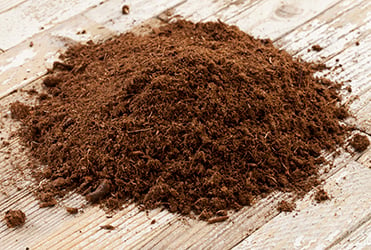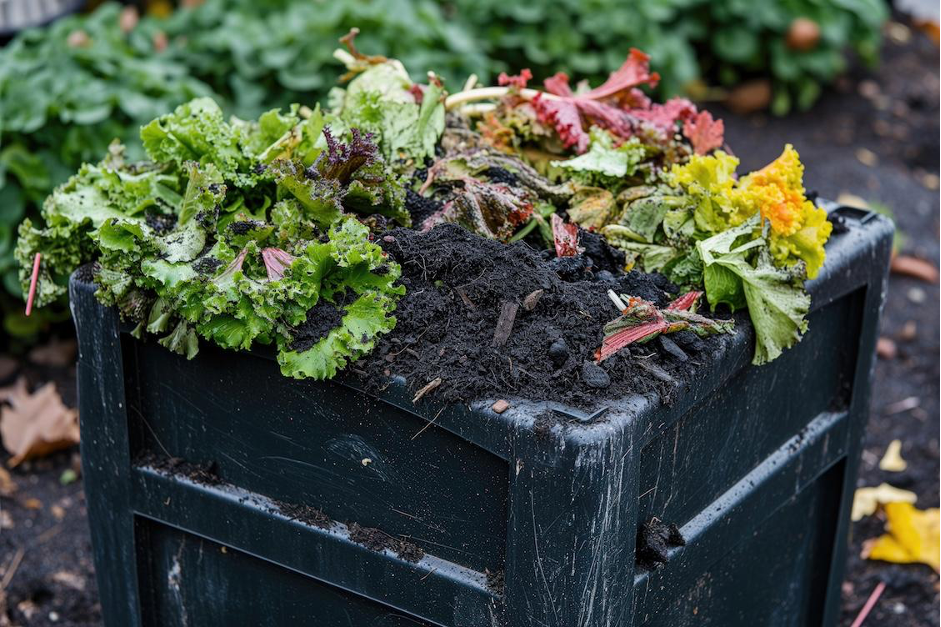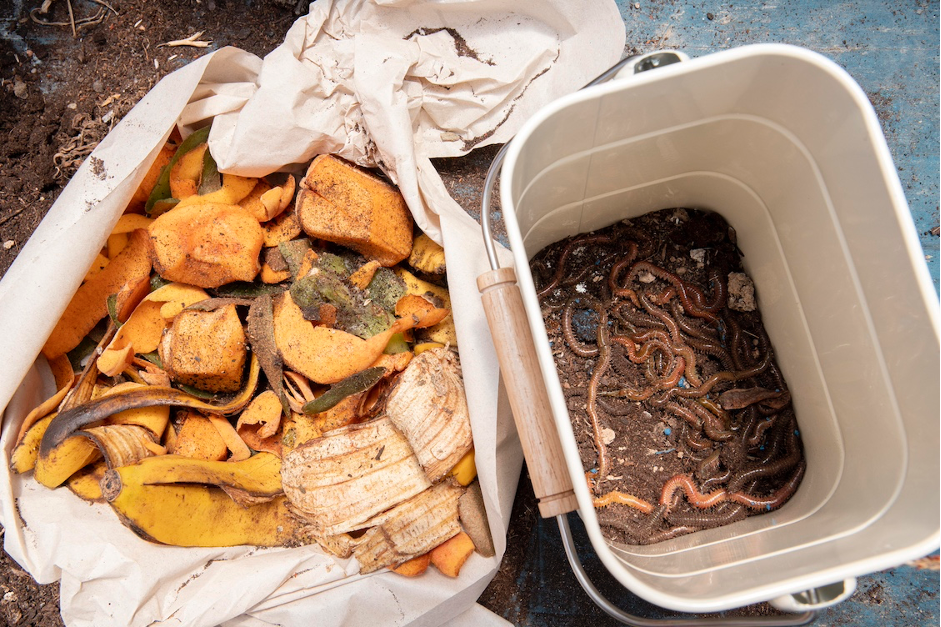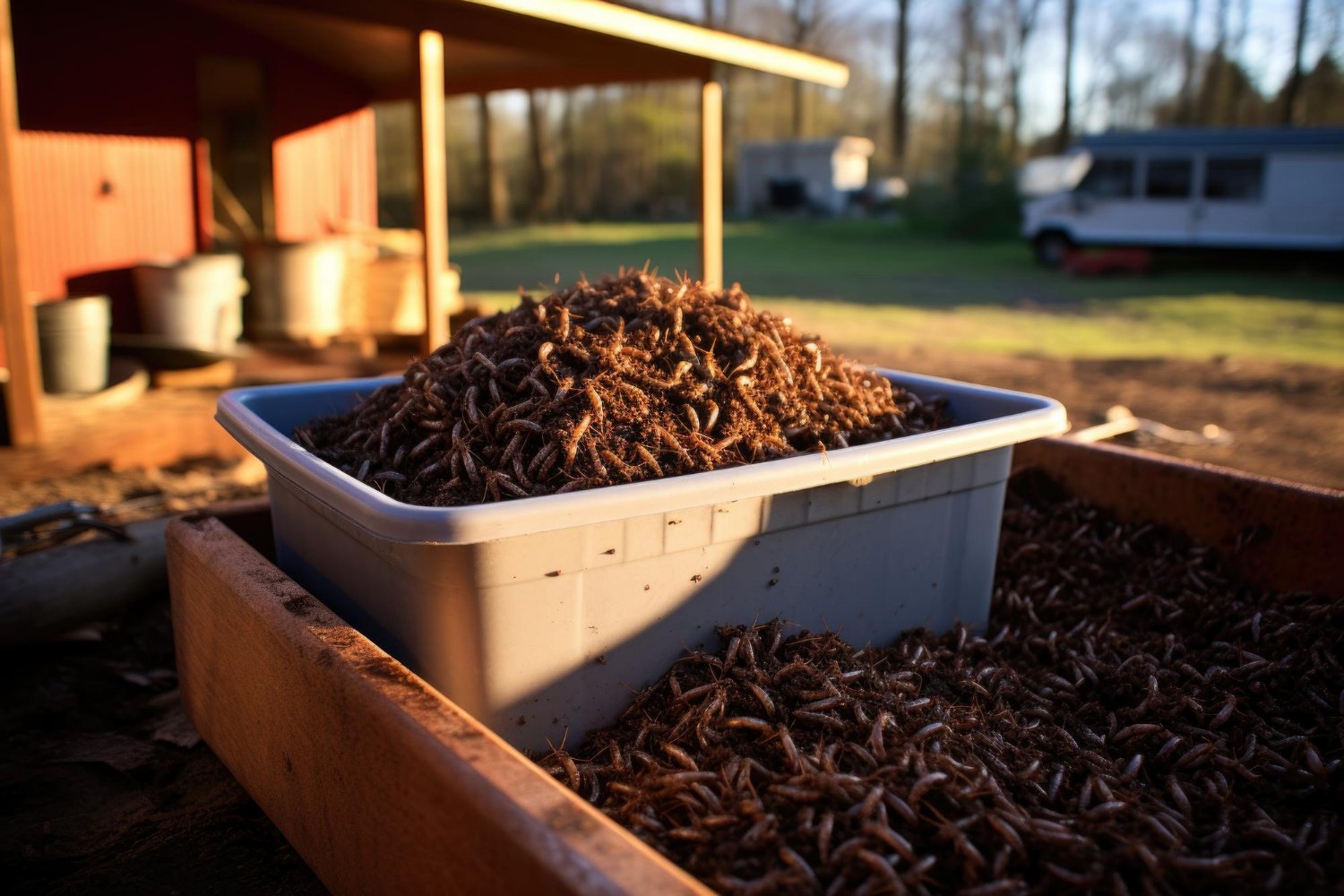 Peat moss makes excellent bedding for a vermicomposting bin, but how can you tell if a bag of peat moss is safe for your composting worms? Many people new to vermicomposting ask whether they should add peat moss that contains additional ingredients. The bag might say it “feeds” with a chemical fertilizer, such as Miracle-Gro. What does “sphagnum” mean? What about bagged potting mixes? Let’s examine some basics of vermiculture before we respond to these questions.
Peat moss makes excellent bedding for a vermicomposting bin, but how can you tell if a bag of peat moss is safe for your composting worms? Many people new to vermicomposting ask whether they should add peat moss that contains additional ingredients. The bag might say it “feeds” with a chemical fertilizer, such as Miracle-Gro. What does “sphagnum” mean? What about bagged potting mixes? Let’s examine some basics of vermiculture before we respond to these questions.
What is Vermicomposting?
Vermicomposting is the natural and organic method of disposing of kitchen scraps and garden waste. Order Red Worms or European Night Crawlers from Uncle Jim’s Worm Farm, and keep them in a special worm bin. Feed them every few days. The foods you feed your worms should be, generally speaking, non-citrus fruits and non-acidic vegetables. Do NOT feed them dairy, meats, and anything made with preservatives and chemicals. All fruits and veggies must be cleansed of any oils, dressings, seasonings, and spices. They should be cut up in small pieces. You feed your worms well and, in turn, they will produce prize fertilizer for your gardens, lawns, and shrubs. Please refer to our articles on feeding worms: Top Five Best Foods for Composting Worms and Foods That Can Hurt Composting Worms.
The best bins for composting worms consist of special plastic trays. These composting bins have plenty of drainage and air flow. They are also easy to maintain. Retrieving finished compost is a snap.
Inside the trays, you will add bedding. Bedding can be made from a combination of moistened coconut coir, shredded newspaper, composted leaves, and/or peat moss. The worms will live in the dark, slightly damp bedding and munch away on the food. They will also eat the bedding over time. This is why it’s important to choose safe bedding materials.
What Are Peat Moss and Potting Soil?
Peat moss is an organic substance that retains moisture. It is harvested from peat bogs, often in Canada. You might see the word “sphagnum” on the package. Sphagnum is the type of moss. When you buy it at the store, it has been thoroughly dried.
Potting soil contains peat moss or coconut coir, plus a mixture that may include sand, perlite, grit, and/or vermiculite.
Some packaged peat moss and potting soil contain synthetic chemical fertilizers. Miracle-Gro, for example, contains ammonium phosphate and several other chemicals that can be toxic to soil, plants, and worms.
Chemical fertilizers go directly to the plant, whereas organic materials feed the soil. Microbes in the soil break down manure and organic materials for the plants to use when they need them. This is not possible with chemical fertilizers. In addition, chemical fertilizers wash through the soil and pollute waterways, rivers, and drinking water. Organic material, such as compost, stays where it is placed and breaks down slowly for your plants to benefit. It doesn’t enter water systems.
What are the Benefits of Vermicomposting?
Besides the positive non-toxic environmental impact by naturally getting rid of food waste products, vermicomposting contains five times more nitrogen, eleven times more potassium, and seven times more phosphorus than traditional compost. Due to its all-natural ingredients, the fertilizer produced by your worms won’t harm plants or their roots.
What Kind of Bedding Should You Use for Vermicomposting?
You want to keep your worms’ bedding as devoid as possible from any contaminants. We urge you to use natural or as close to natural elements. Bedding must simulate your worms’ original habitats so they can thrive. The key components to bedding include a neutral pH (7), the ability to retain moisture (but not too much), and free of anything sharp or abrasive that could hurt or harm your worms’ skin. The best ingredients for the beginner vermicomposter include coconut choir, shredded unbleached paper, shredded brown corrugated cardboard, shredded newspaper only with black ink, and pure peat moss. For more information, please refer to our Vermicomposting Bedding Guide.
Conclusion
We stressed throughout the article that worms should not eat anything with preservatives and chemicals. Worms can not live in a habitat with contaminants. Any deviation in the food and environment, and you will face sick and dying worms. Healthy worms produce the rich black humus that gardeners vie for, the kind of natural fertilizer that Miracle-Gro could never replicate.
This leads us to the original question: Should bedding for worm bin can include peat moss with Miracle-Gro?
Absolutely not.
In response to the second question, will Miracle-Gro harm your worms? Yes.
Feel free to peruse our website to learn more about composting with worms. Our worms are 100% made in the USA and ready-to-ship. We specialize in Red Worms and European Night Crawlers as well as an array of vermicomposting bins for both indoor and outdoor use, and gardening supplies. Connect with us on social media or contact us.









6 thoughts on “Safe Peat Moss for Vermicomposting Bedding”
Very interesting article, thank you for sharing :)
Can I feed my worms crackers and bread?
Thanks
How wet should you keep peat moss on worms?How do you know if it is wet enough?
Hi Larry,
Great question! You do want the peat moss to have moisture, but not too much and not too little. The best way to describe the right amount would be that of a wrung out sponge. When you pick up your peat moss and squeeze there should be very little, if any, water dripping.
Uncle Jim’s Worm Farm
Hi… I’m trying to keep a worm farm using Earthworms to feed my axolotls. Can you please tell me the best products to use? I’m very confused (and old) and would really appreciate your advice? Thank you.